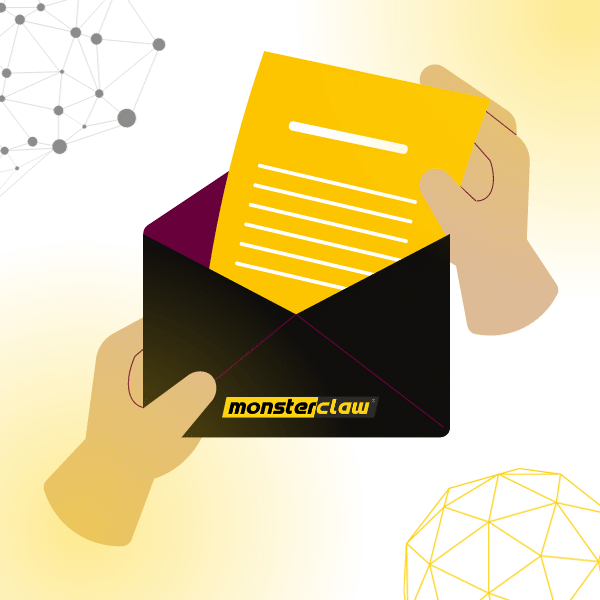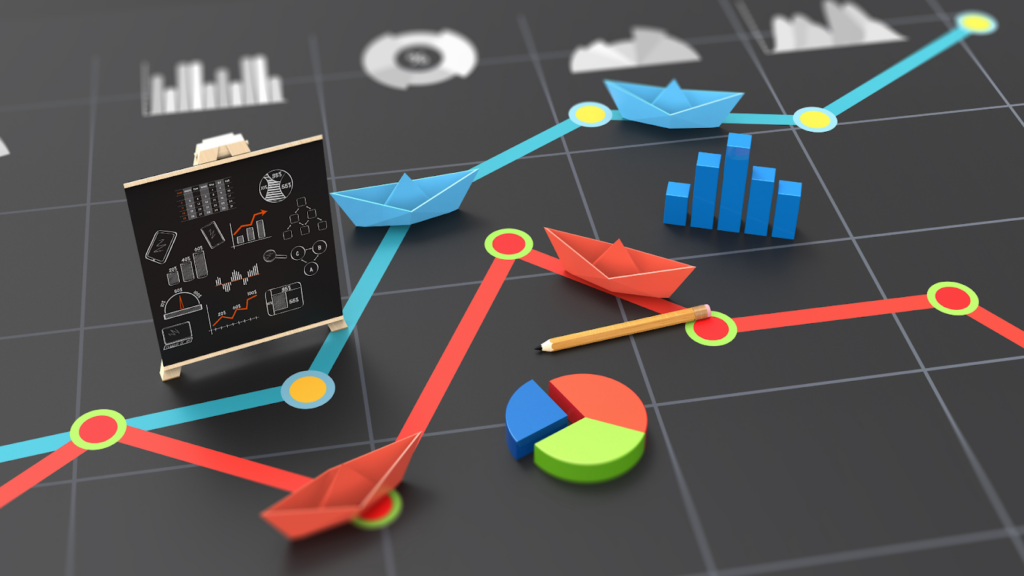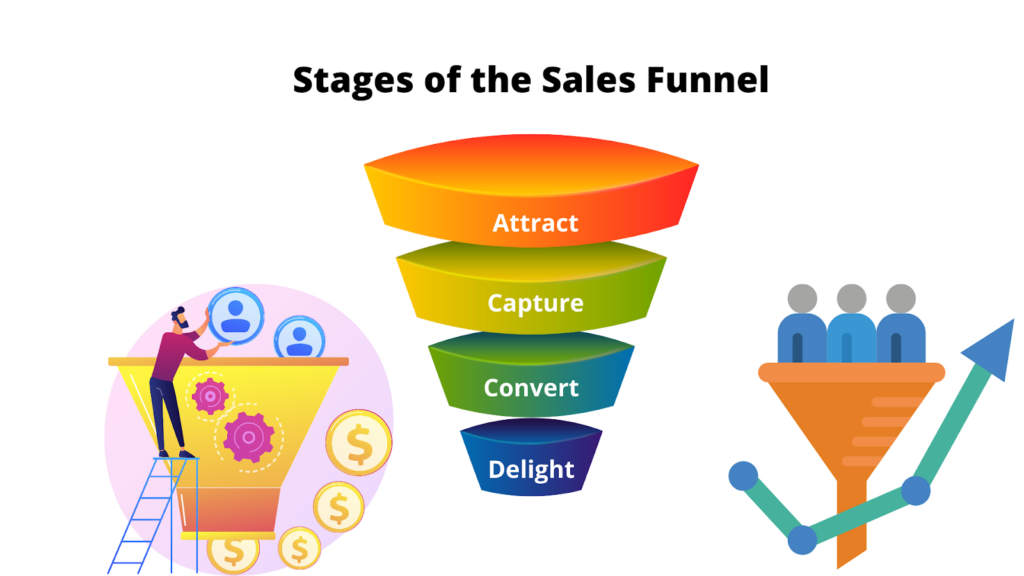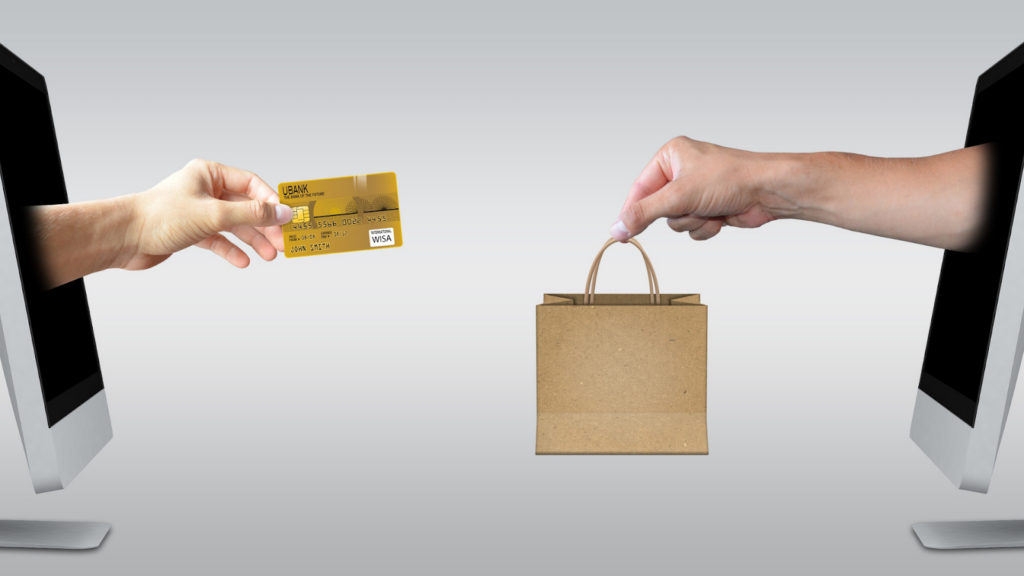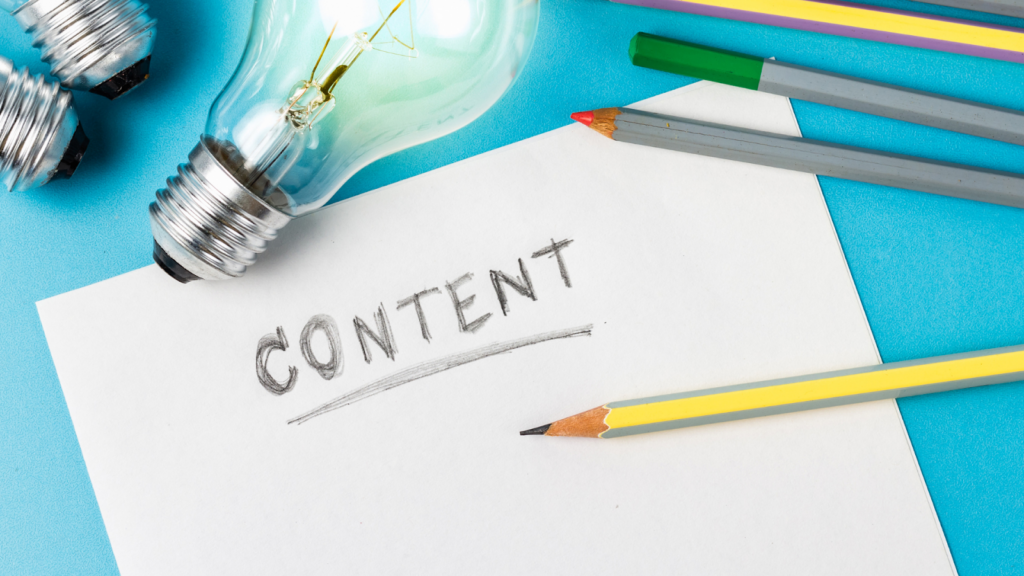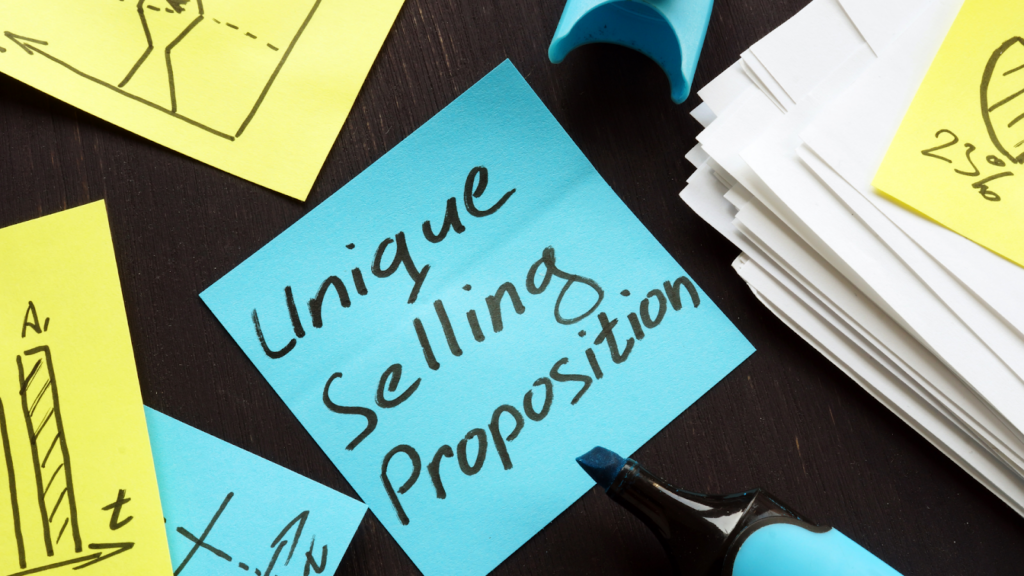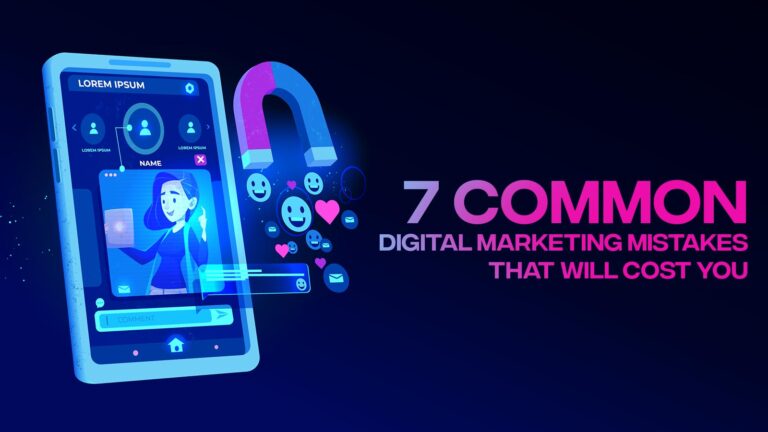Having a proper sales funnel is mandatory if you want your leads to convert. This is because a sales funnel visualizes your customer journey, starting from when they visit your website to the point they make a purchase.
It is essential to monitor, track and identify strategies that you can use to influence your target audience into becoming paying customers. Depending on the sales funnel stage, you can decide which strategies will work out best to convince them to make that purchase.
A study conducted by Salesforce found that 79% of marketing leads never convert to sales because they didn’t have or maintain a proper sales funnel. And 68% of businesses have not identified or attempted to measure their sales funnel.
But, for starters, you should know how to make a proper sales funnel. This article entails a constructive 9 step guideline on building a killer sales funnel.
9 Steps of Building a Killer Sales Funnel
1. Competitive Analysis
Keep in mind that you have to thoroughly study your competitors to understand their sales process and how they navigate their customers through each stage of the funnel.
List out your top 3 competitors. Start by examining records of their sales revenue or customer reviews that are publicly available. This will give you an idea of their sales accomplishments.
Try to identify, understand and relate how they navigate their customers through each stage of the funnel. You can start by looking into your competitors’ websites. See how they have designed each layout of different web pages.
Also, tap into their social media profile and see what content they are posting, what they are sharing there, and how they encourage their target audience to purchase their product or service.
By doing so, you will get a precise idea of how your top 3 competitors have designed and implemented a successfully working sales funnel.
Make a model of these three sales funnels and jot down the similarities and differences among them. After closely comparing these three sales funnels, you should have an idea of the kind of sales funnel that will work for your business.
2. Study Your Customers
If you want to make a robust sales funnel, you need to know your customers very well. You can start by analyzing your customer’s age, gender, geographical location, education, income level, perspectives, religious views, etc.
You should also assess the customer behavior, buying habits, and the pattern of their purchase decisions. You can segment your customers into groups and create a buyer persona for each group.
You can formulate effective strategies by using the buyer persona for each customer segment. Then, you can implement them as your customer goes through each stage of the sales funnel.
After segmenting your target audience into different groups, you will know the strategies that will be most effective for each. Based on your customer analysis, map out the customer journey for each of these groups.
Now implant your customer analysis and build a sales funnel that will work exclusively for your business to secure leads and create sales conversions.
3. Prioritize Information
It is crucial to relay information to your customers. Your existing customers won’t need the same kind of information that your new customers will.
Plus, the kind of information each group in your target audience needs will significantly vary. When you are constructing your sales funnel, you will have to keep this in mind and prioritize how to deliver the right information to the right audience.
Information includes your company’s whereabouts, its operations, establishment, the range of products and services you provide, their price, after-sales service, product/service features, updates, etc.
A new customer won’t probably want to know about the next update. That’s what your existing customer would be interested in. Instead, a new customer would want to know about the benefits of using your product or service and its price. They may also want to know about the after-sales service, such as warranty and guarantee policies.
So, you need to make sure that when you are creating your sales funnel, you visually represent the information your customers will need at a specific stage.
4. Attract, Capture, Convert, and Delight
So, you will map out the precise information you will include in each stage of the killer sales funnel.
Your target audience probably knows nothing about your business in the Attraction stage. So, your goal here is to create brand awareness and let your target audience know the product or services you are offering. In this stage, your goal is to secure leads.
In the Capture stage, your target audience is aware of your business’s presence and its operations. But to influence them to buy your product or service, you will have to show them the information that outlines the benefits of using your product or service.
Remember, the main reason people buy a specific product or service is its benefit. So, the goal of this stage is to create interest.
In the Convert stage, your target audience is ready to make that purchase. They might even be comparing your products/services with your competitors’ before deciding whom to purchase from.
Ensure that your website’s homepage, product page, and cart page have all the information about the price, validity, return, and after-sales service specifically mentioned and highlighted.
At this point, the moment the customer realizes that your price is justified and the product/service validity, return, and aftersales policies reassure them that they can rely on you, they will hit that purchase button. And bam, sold!
In the Delight stage, the people in your target audience are already paying customers. Your goal is to create more appeal, so they give a positive review. Providing information on product or service updates can be a top priority at this stage.
Statistics show that the impact of word-of-mouth marketing and online reviews can have a heavy positive impact on your customers’ perception. Such as,
80.1% of customers agreed to trust businesses that have a lot of customer reviews.
79.9% of customers agreed that seeing a business’s humble response to negative customer reviews motivated them to purchase from that business.
86% of customers agreed that they trust word-of-mouth marketing and online reviews.
92% of customers trust recommendations by friends and family.
96% of customers agreed that they would return and recommend others after having a positive experience with a brand.
It is best if you break down these four stages into three categories based on their positions in the funnel, such as Top of the Funnel (TOFU), Middle of the Funnel (MOFU), and Bottom of the Funnel (BOFU). Doing this will save you significant time planning out the information you should include in each stage. Plus, it will also make it easier to remember.
To sum it up,
TOFU includes the first stage, which is Attraction.
MOFU includes the middle stage, which is Capture & Conversion.
BOFU includes the bottom stage, which is Delight.
5. Content
When creating your sales funnel, you should keep content in mind. Different types of content are needed to appeal to customers as they go through the different stages of the funnel.
As you may already know, content comes in multiple forms: text, images, video, and audio. If you think about blog posts, videos, or podcasts, some are long with lots of details while others are short, precise, and dives right into the context.
To put things into perspective, plan out your content strategy with the sales funnel in the following manner,
TOFU – Images, key highlights of products or services, short articles, videos, and podcasts.
MOFU & BOFU – In-depth detail of products and services included in long articles, case studies, e-books, videos, and podcasts.
6. Product Unique Selling Proposition
Your Product USP defines how your business stands out in the competition. It shows how uniquely superior your product or services are compared to what your competitors offer.
But to win customers and drive sales, you will have to make sure that your product USP is well aligned with your sales funnel and vice versa.
Once you understand, identify, and pinpoint which stages of the funnel will showcase your product USPs, you can create a Sales Funnel that will help you construct effective marketing and sales strategies that ultimately drive sales to your business.
7. Flow to Wireframe
Wireframing is like creating prototypes, blueprints, or simply drafts. You need to create that killer sales funnel if you want your sales conversions to skyrocket.
But you won’t be able to accomplish that unless you make a sales funnel precisely aligned with your business’s goals and objectives along with marketing conditions and other factors, of course.
Imagine how frustrating it would feel if you create a sales funnel that is flawed and needs various significant changes. It is better to create a flow to the wireframe to prevent such circumstances.
It is like adding stepping stones to the creation of your sales funnel.
8. Approve to Design
Once you feel confident about the sale funnel and its design, approve it.
9. Development
In this stage, your sales funnel final draft is ready, and you are working on finalizing it. As soon as it’s done, bam! You now have your killer sales funnel.
Bonus Tips:
- Cross-selling – means offering a close alternative to an existing customer. It is intended for customers in the MOFU section of the sales funnel.
- Upselling – means offering a more expensive alternative to your existing customers. It is intended for customers in the BOFU section of the sales funnel.
- The sales funnel flows both ways – Don’t stick to the idea that your target audience will move from the TOFU to the BOFU in one go, or it will remain consistent. It’s a variable.
Humans aren’t machines, so you have created awareness of your brand and its products and warmed the customer to transition them to the conversion stage. They might revert to the capture stage, or they might entirely get out of the funnel.
For example, let’s say you have a customer all warmed, and they are just one step away from the conversion stage. They might change their minds, and transition to the previous sales funnel stage.
So, you will have to feature the benefits of your products or services by providing them with informative blog posts, case studies, e-books, videos, etc., to convince them that your product or service will provide them the benefit they seek.
There is a possibility that customers forgot about your business, so you must remind them of it. These customers who were converted before have moved back to the TOFU, the attraction stage.
The point is your customers may transition back and forth from TOFU to BOFU. Still, you have to design your sales funnel in such a way so that you can execute the right set of strategies to get the flow towards BOFU again by getting them to the converted and delighted stage.
Conclusion
Creating a killer sales funnel isn’t rocket science, but it is not an elementary school-level task either. Understanding your customer journey and putting them in a visual frame requires quality research and a lot of brainstorming.
Hopefully, this guideline will help you understand how you can create your own sales funnel.
But if you are facing difficulties making one, we can help you. Our IT experts are here to help build a new funnel or redesign your existing funnel. Visit this link, and we will get in touch with you shortly.

